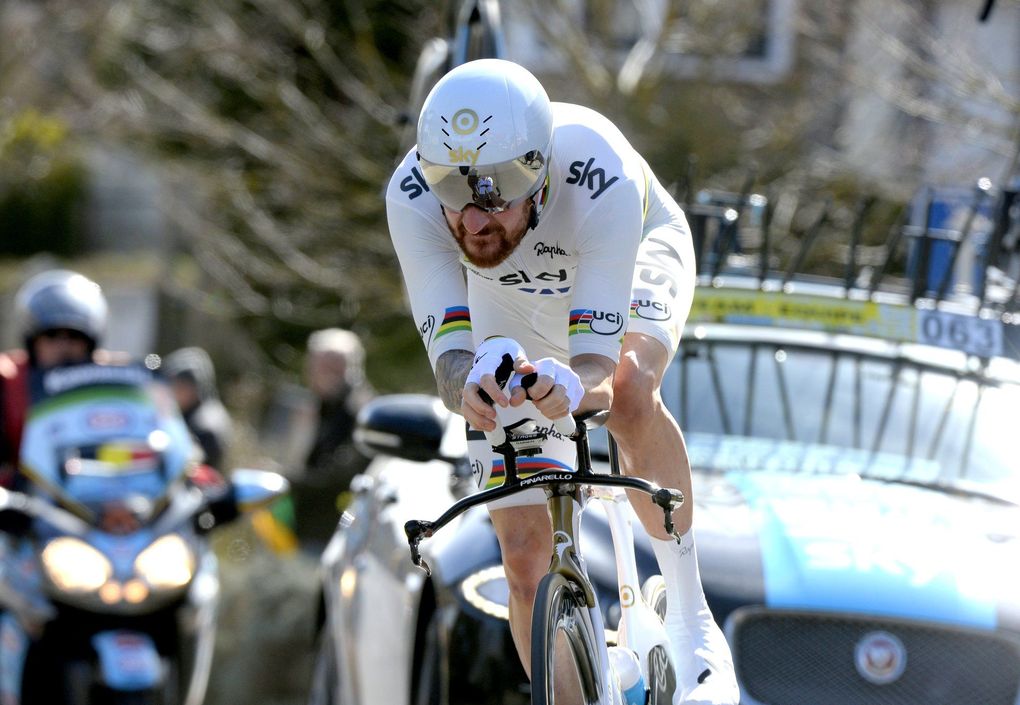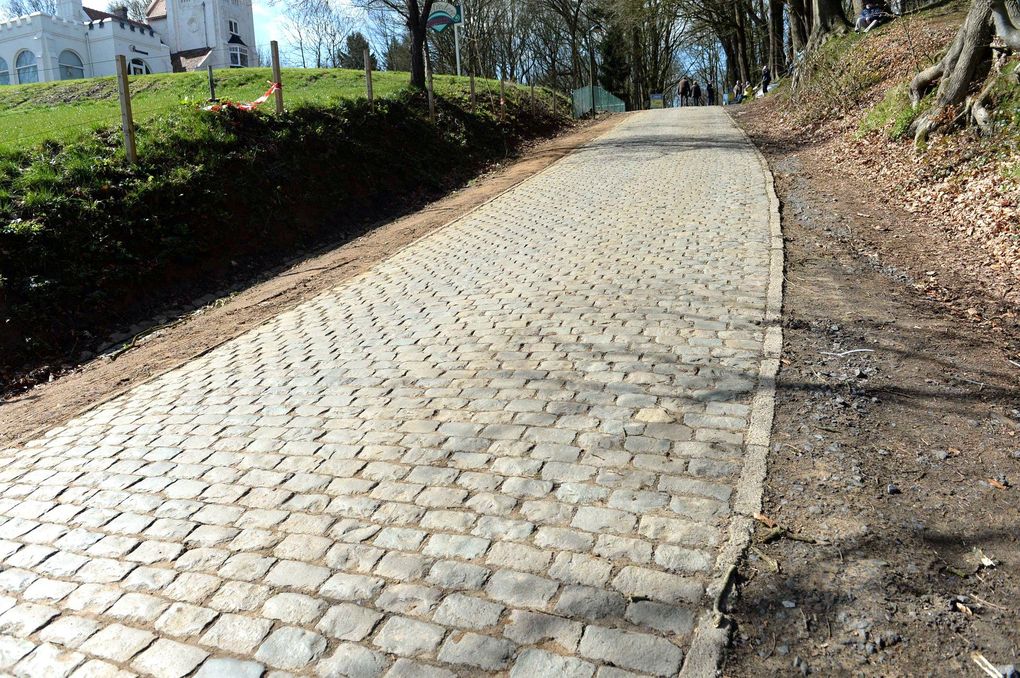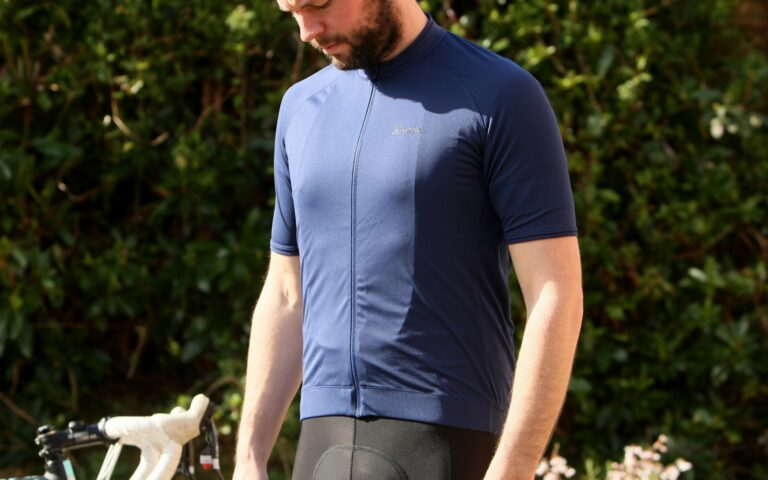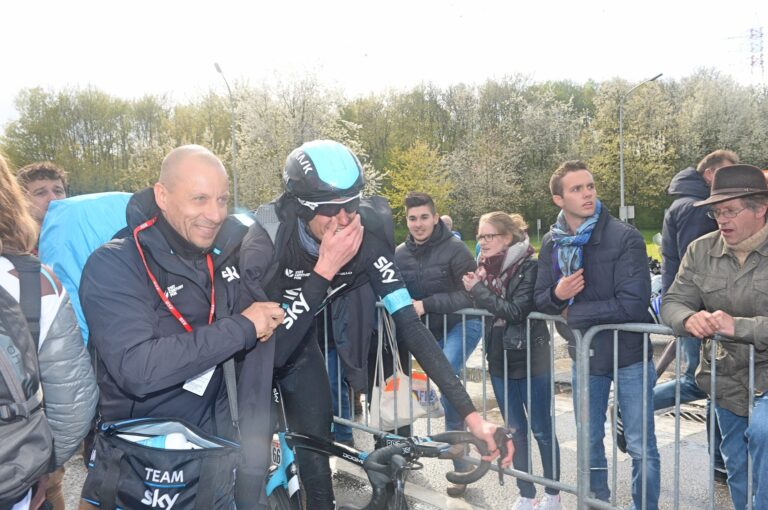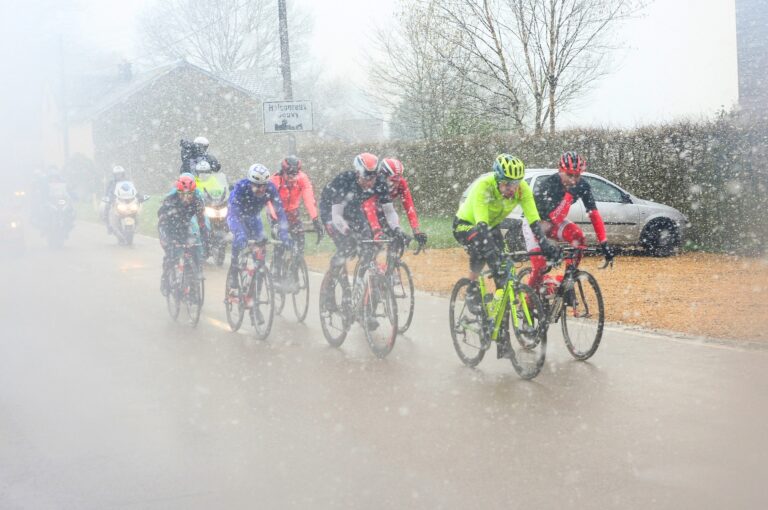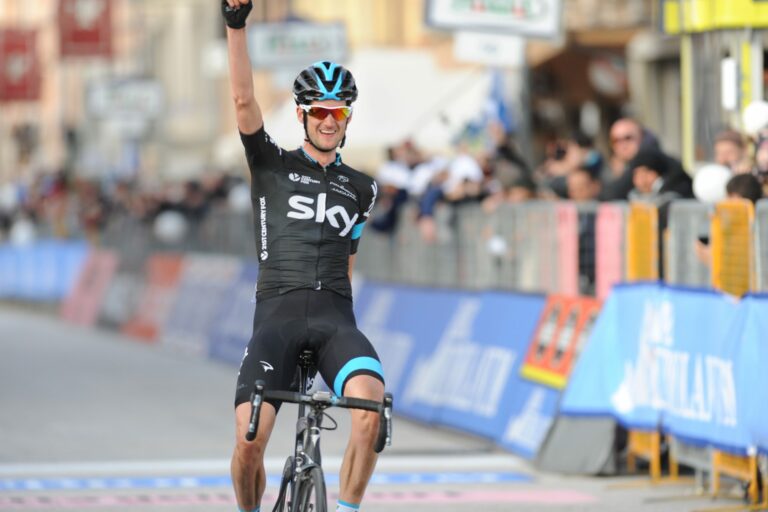Celebrating 40 years since its first edition in 1977, the Three Days of De Panne is an oft-overlooked three-day stage race in Belgium – and secretly one of our favourite races of the year.
Held mid-week, immediately before Sunday’s Tour of Flanders, and starting today (Tuesday March 29), it acts as a tune-up for the Flandrian fireworks to come at the weekend. They say if you’re going well at the Driedaagse (‘three days’ in Dutch) then it’s a good sign for De Ronde –which couldn’t have been more true last year when Alexander Kristoff took three stages and the overall classification, and then went onto victory in the Tour of Flanders.
Even if it’s more of a curtain-raiser than the main event, there’s still a lot to admire and enjoy about this quirky Belgian race, with its cobbles, crosswinds and general chaos. A relative newbie on the road race scene compared with the venerable monuments, many of them over a century old, we say De Panne is a dark horse for one of our favourite races.
Everyone has a guilty pleasure – here’s why De Panne is one of ours.




